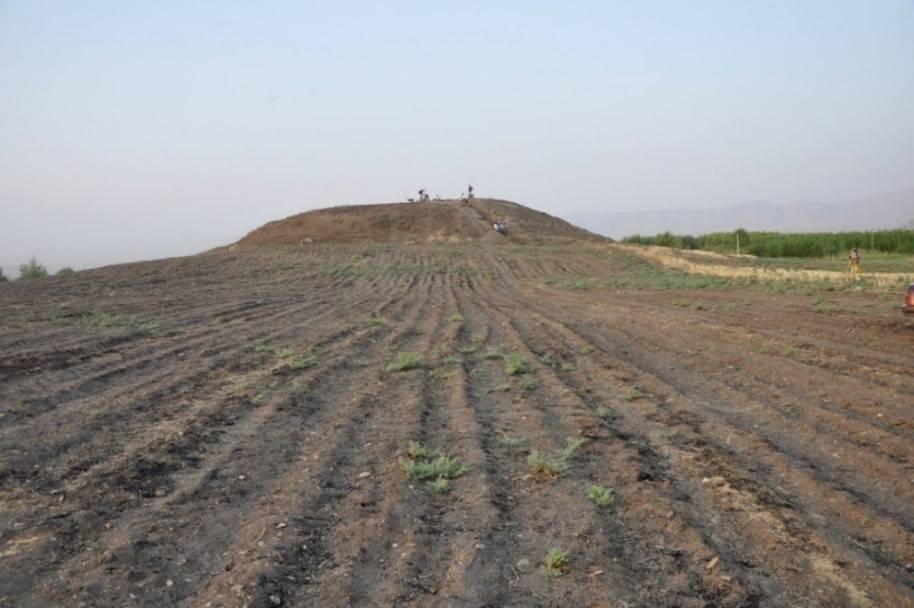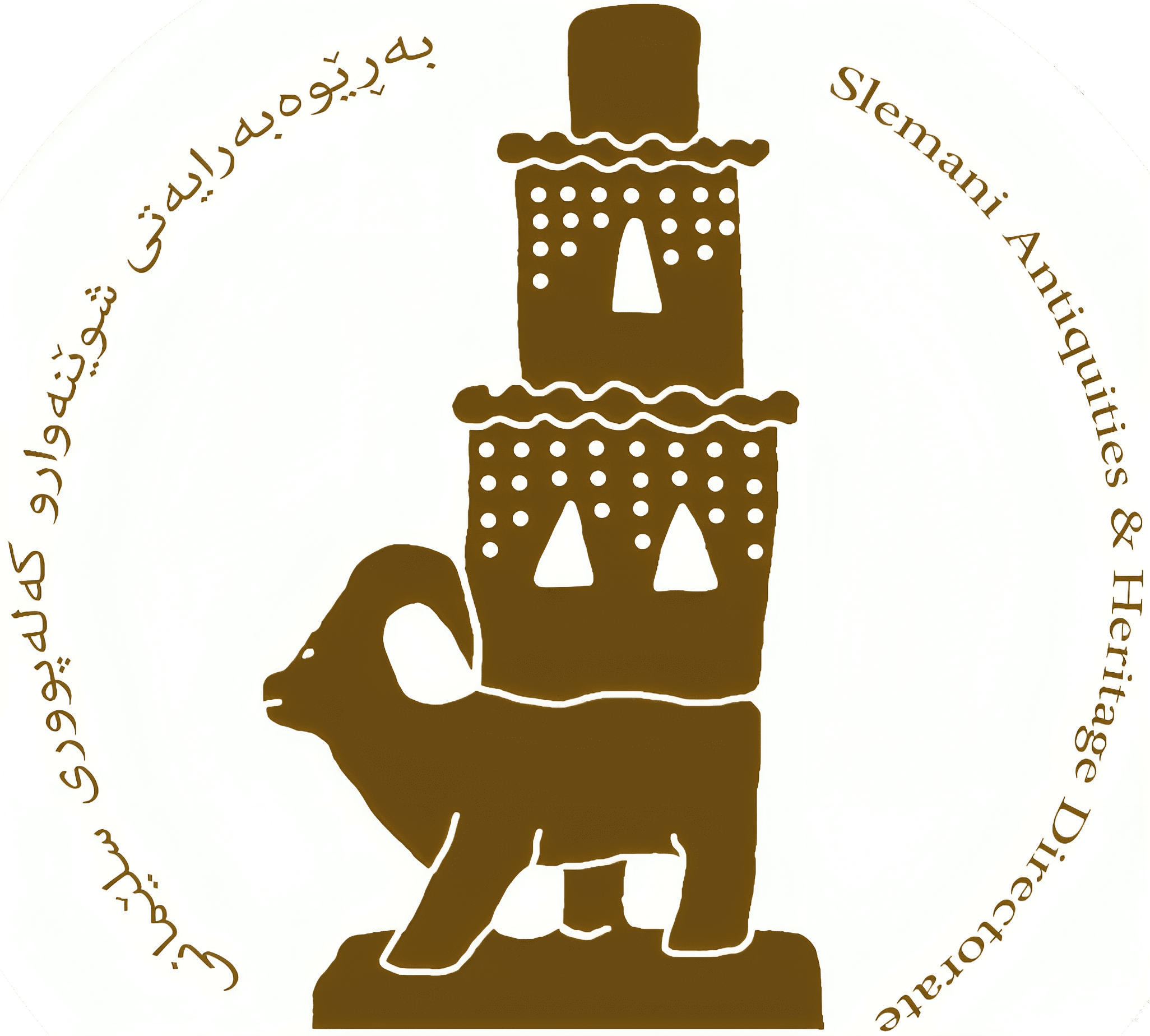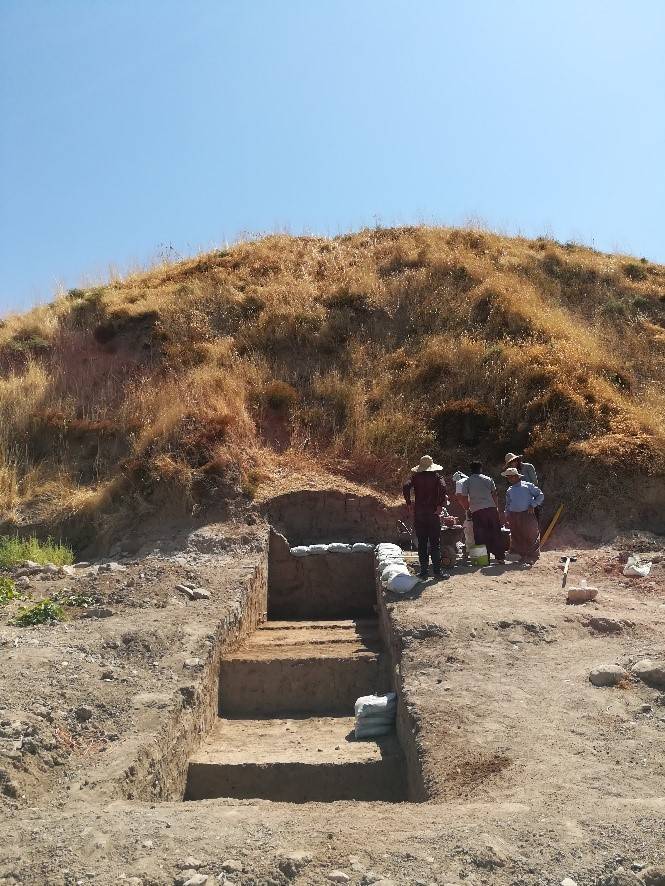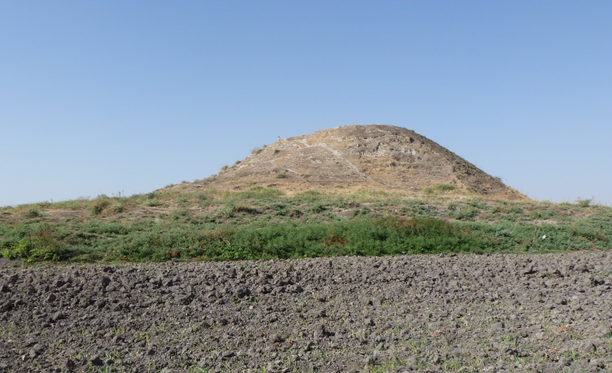The Iraqi Kurdistan Region has discovered a new Sassanid settlement located on Grdi-Kazhaw

The Iraqi Kurdistan Region has discovered a new Sassanid settlement located on Grdi-Kazhaw
Gird-î Kazhaw is located at the eastern perimeter of the large spring near Bestansur. The site consists of two mounds extending across an area of 4 ha. Mound A is only 2–3 m in height and of oval shape while Mound B reaches up to 10 m in height.
In the center of Mound a remains of a large building with limestone-pillars were exposed. The pottery found in situ and in the rubbish layers above the floor indicate a late Sasanian date. Building comparisons suggest that the excavated part represent the central nave of a church, which was integrated into a monastery.
On the hilltop of Mound B remains of a small fortification were uncovered in two trenches. The main wall of the small fortress is in parts preserved to a height of almost 4 m. In a zone of about 50 m around the fortress, smaller structures, probably dwellings, are visible on the magnetics. Finds of glass directly above virgin soil, give proof, that the whole area around the fortification was exclusively settled in the Sasanian period.
The archaeological discovery will be carried out jointly by the Slemani Archaeological and Heritage Directorates, along with two universities (University of Erlangen and University of Frankfurt), in Gridi-Kazhaw and Qalrgh. It will continue for years.
Drone photography of the church complex in Grdi-Kazhaw.

240128072115.jpg)

